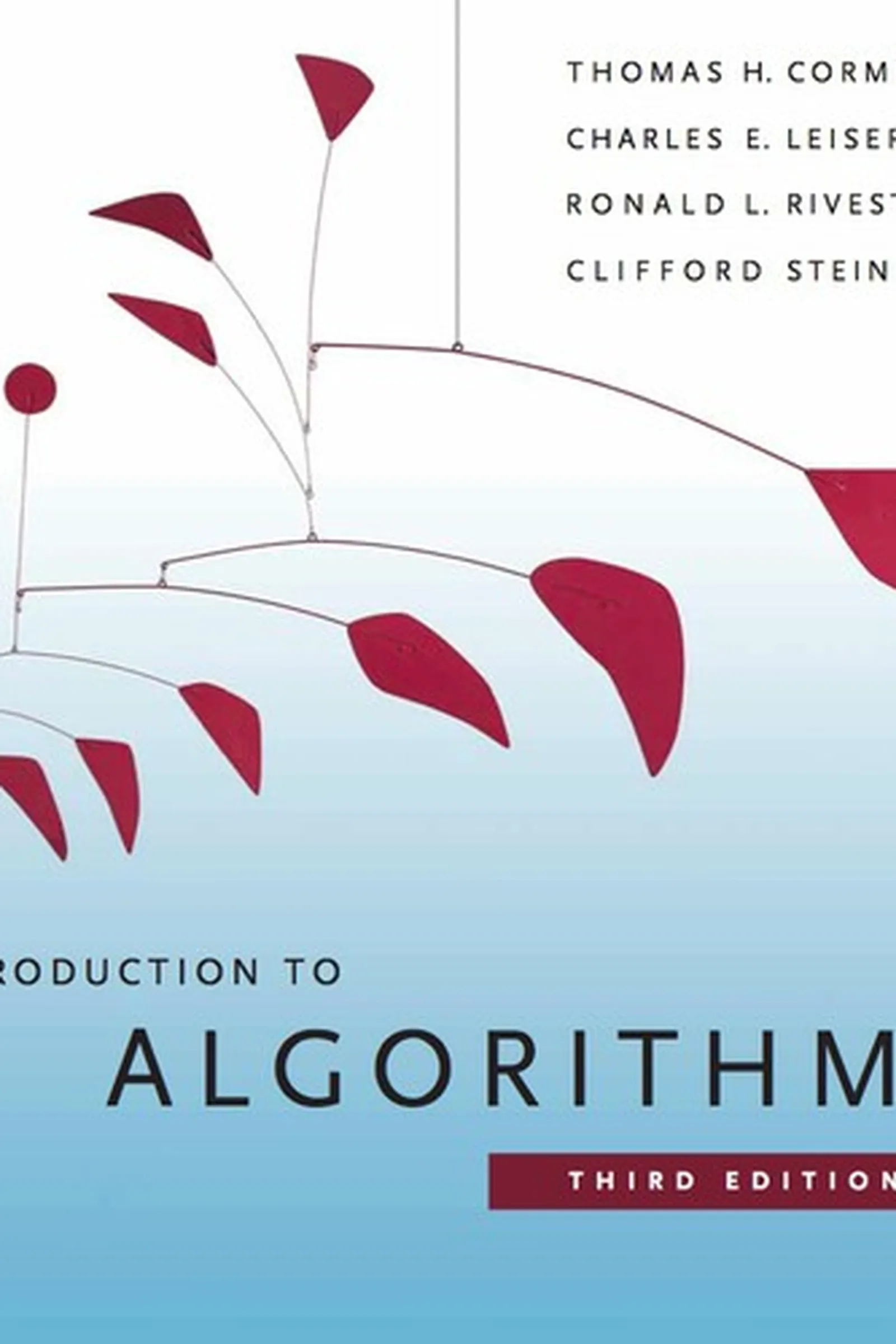Introduction to Algorithms, Cormen et al., 1990
- Author: Cormen et al.
- Genre: Textbooks
- Publisher: MIT Press
- Pages: 1312
- Format: Paperback
- Language: English
- ISBN: 978-0262033848
- Rating: 4,5 ★★★★★
Introduction to Algorithms Review
Introduction to Algorithms by Cormen, Leiserson, Rivest, and Stein is the definitive guide to how algorithms are designed, analyzed, and implemented. Known as CLRS, it treats computation as a craft you can learn. For you, this book offers durable mental models: problem decomposition, correctness proofs, and performance analysis you can apply across languages and systems.
Overview
The text moves from asymptotic analysis and data structures to sorting, graphs, dynamic programming, greedy methods, and beyond. You will notice a pattern: motivate a problem, present a clear algorithm, prove correctness, analyze complexity, and discuss tradeoffs. Pseudocode keeps ideas portable while exercises deepen technique.
Summary
You begin with growth of functions, recurrences, and randomized algorithms. Core chapters cover heaps, balanced trees, divide and conquer, shortest paths, minimum spanning trees, network flows, and string matching. Later sections open doors to NP completeness, approximation, and parallelism. By the end you can evaluate alternatives rather than guess and you can argue about performance with precision.
Author
The authors write like patient theorists who respect practice. You benefit from careful proofs, crisp examples, and problem sets that teach strategy as much as solutions.
Key Themes
You will see efficiency as a design goal. You will use invariants to prove correctness. You will recognize patterns like greedy choice and optimal substructure. You will frame tradeoffs in time, space, and simplicity.
Strengths and Weaknesses
Strengths: comprehensive coverage, rigorous reasoning, timeless techniques. Weaknesses: density that demands effort and some pseudocode that assumes mathematical maturity. Overall: a foundational text that repays rereading.
Target Audience
Ideal for computer science students, interview preppers who want depth, and engineers moving from coding to design.
Favorite Quotes
Short lines stand out: prove it or it did not happen, asymptotics reveal structure, data structures enable algorithms.
Takeaways
For you, the key takeaway is process: specify the problem, choose a paradigm, prove correctness, analyze cost, and only then optimize. With that flow, new problems become familiar.
| pa_author | Cormen et al. |
|---|---|
| ISBN | 978-6-920-90101-9 |
| pa_year | 1970 |
| Pages | 363 |
| Language | English |






